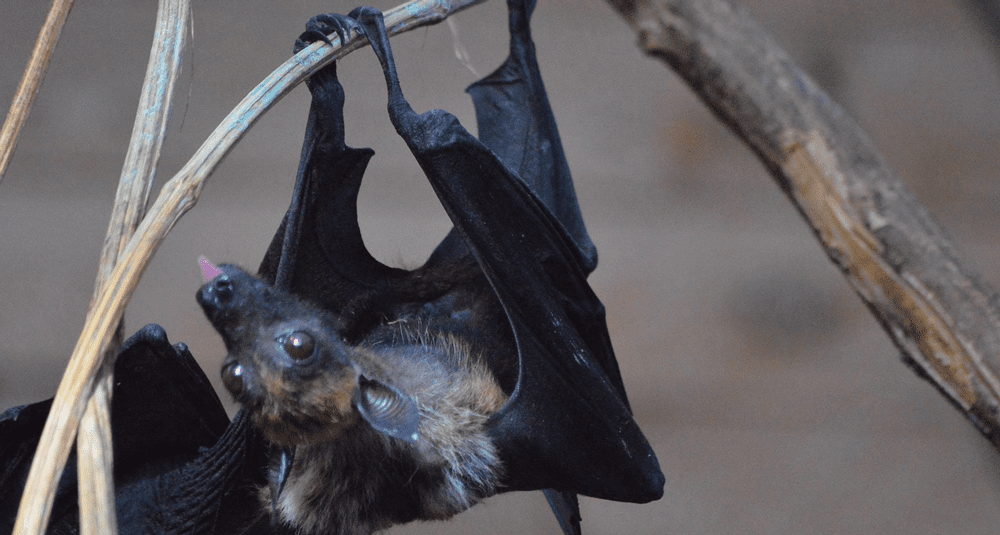What is the bat’s scientific name?
Last Updated:
The bat’s scientific name is Chiroptera. This term comes from ancient Greek, where cheir means hand and pteron means wing, which aptly describes the anatomy of these flying mammals whose wings are formed by a membrane stretched over elongated fingers.
Bats belong to the order Chiroptera, and are divided into two main suborders: Megachiroptera (large bats) and Microchiroptera (small bats). Megachiropters are generally frugivorous and live mainly in tropical and subtropical regions, while microchiroptera have a more diversified diet, including insects, fruit and even blood for some species such as vampire bats.
Bats play a crucial role in ecosystems. As pollinators, they contribute to the reproduction of many plants, including commercial species such as durian and banana. As insect predators, they help control pest populations, reducing the need for pesticides.
Bats are also fascinating for their use of echolocation. Most microchiropterans emit high-frequency sounds that bounce off surrounding objects, enabling them to move and hunt in total darkness.
The bat’s scientific name is Chiroptera. These flying mammals are essential for pollination, insect control and the general health of ecosystems. Their diversity and unique adaptations make them a fascinating subject of study for scientists and nature lovers alike.
nature

What is the bat's scientific name?
Answer
The bat's scientific name is Chiroptera. These flying mammals play an essential role in ecosystems, notably as pollinators and insect population controllers.